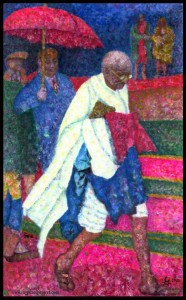 Gandhi: Peace and Nonviolence for the World
Gandhi: Peace and Nonviolence for the World
Sixteen years ago I wrote a book entitled “Remember Gandhi-The Man Of His Century” and the following is the beginning portion of my introduction:
“When I was young in Thailand, in early grade school we read a book about a man named Gandhi who was born in India. He was married at age thirteen. As a young man, Gandhi went to study in Britain and became a layer. He went to work in South Africa where he experienced discrimination. Because of this he devoted himself to fight for human equality. The lessons learned in this fight were carried with him to India where he led his country to freedom from British colonial rule thereby creating an independent Indian country.
I was very impressed with Mr. Gandhi’s fight for human rights. He helped his country gain independence from the British by nonviolent means without using weapons to achieve his goal.”
“NONVIOLENCE”, is a word that seems to have no meaning for a lot of countries around the world. It hurts so much to see the pictures of starving children and adults in Syria. What are you doing Syrian leaders? Both sides of Syrian political divide, the government and the opposition use the same tactics trying to win over the other side by cut off the food supply to the villages of their opponents. The pictures of these starving children and adult Syrians reminds me of pictures of Jewish people liberated from the concentration camps of Nazi Germany by American soldiers. Why are you so cruel? Do you all have hearts and feeling as decent human beings? Please!!! Please!!!———A million times please, I beg you on of both sides. Please stop fighting!!! Do you know what happiness is? Please have a peace talks. Both of your sides have destroyed so much. Your country is in ruins. Civilians work hard, only to have you buy weapons to kill them and ruin their livelihood. Both of your sides are not good leaders for your country. If you cannot make the country more prosperous and bring happiness to your citizens, what good is it to be leaders of your country? Please do not let your greediness rule over humanity. We all will be dead someday sooner or later, and history will record whatever you did. But you do not die yet; you still have a chance to make things better than the past. Please have peace talks and remember how Gandhi gained independence for his country by nonviolent means.
I produced 40 artworks for the book. The following pictures are four of my artworks of Gandhi that I used for the front and back covers of my book respectively. Two more are from the inside of the book:
Gandhi: Man Of Peace & Nonviolence 1
Artwork by Ing-On Vibulbhan-Watts 2000
Gandhi: Man Of Peace & Nonviolence 2
Artwork by Ing-On Vibulbhan-Watts 2000
Gandhi: Man Of Peace & Nonviolence 3
Artwork by Ing-On Vibulbhan-Watts 2000
Gandhi: Man Of Peace & Nonviolence 4
Artwork by Ing-On Vibulbhan-Watts 2000
I also did more artworks on the subject of Gandhi in 2010 that is shown below.
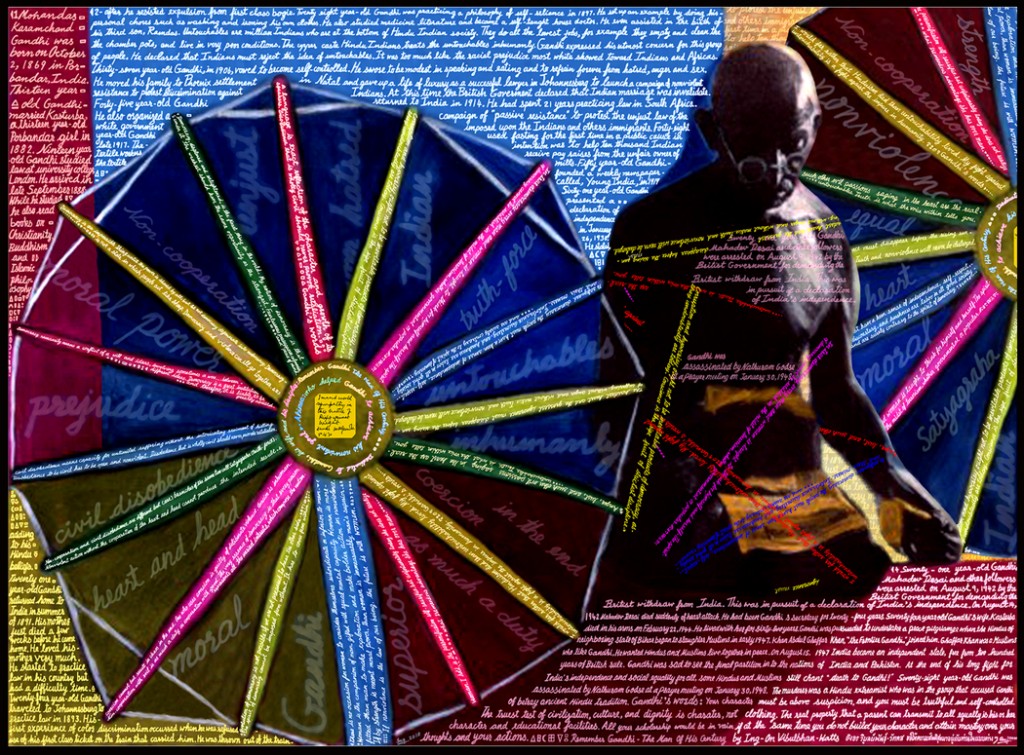 Gandhi: Man Of Peace & His Words
Gandhi: Man Of Peace & His Words
Artwork by Ing-On Vibulbhan-Watts 2010
Gandhi & Spinning Wheel Of Life
Artwork by Ing-On Vibulbhan-Watts 2010
Gandhi & Ing’s Poem, Peace Comes To You
Artwork by Ing-On Vibulbhan-Watts 2010
I was very thankful and glad to find an article from the BBC News on, “Rare pictures of the last 10 years of Gandhi’s life”. These are shown below:
Rare pictures of the last 10 years of Gandhi’s life
Soutik Biswas Delhi correspondent
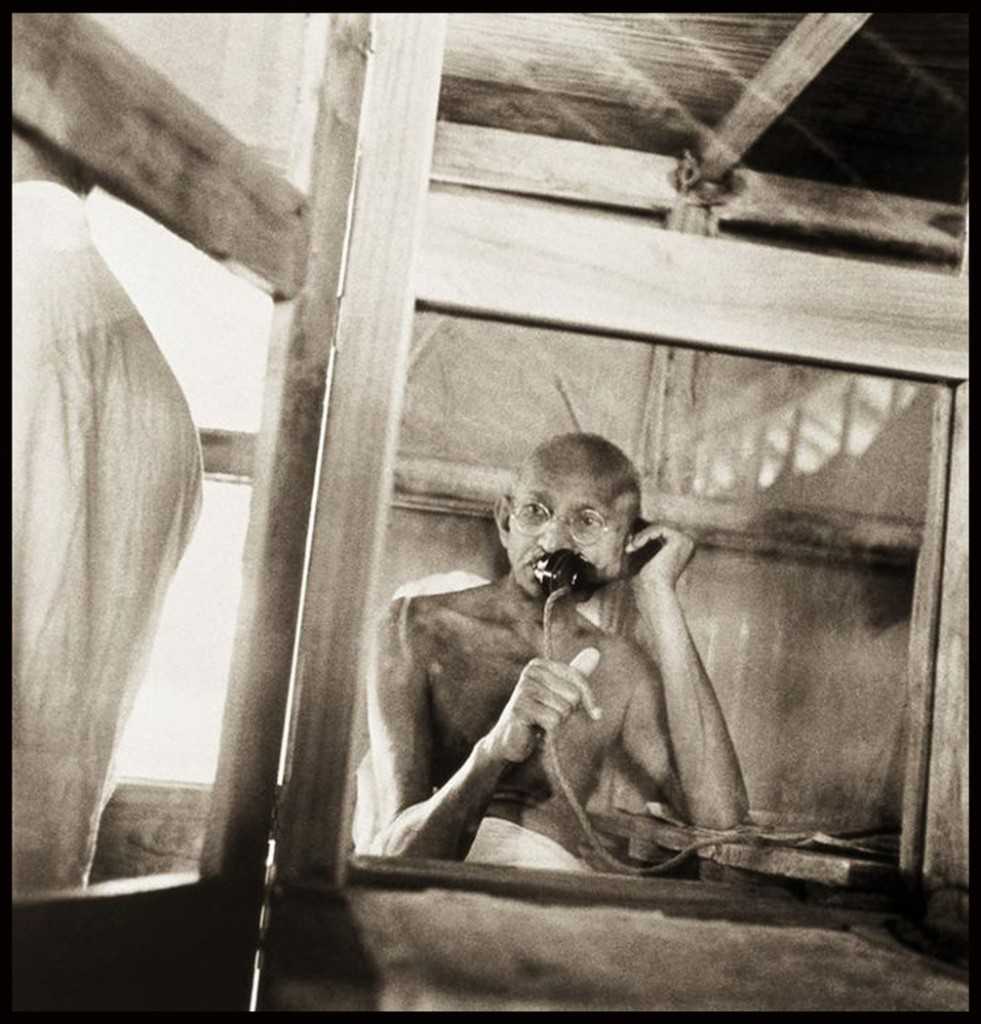 Here’s an anxious-looking Mahatma Gandhi making a telephone call from his office in Sevagram village in the western state of Maharashtra in 1938.
Here’s an anxious-looking Mahatma Gandhi making a telephone call from his office in Sevagram village in the western state of Maharashtra in 1938.
India’s greatest leader had moved to a village called Segaon two years earlier. He had renamed it Sevagram or a village of service. He built an ashram, a commune which was home to “many a fateful decision which affected the destiny of India”. Gandhi had moved in with his wife, Kasturba, and some followers. There was also a steady stream of guests.
Kanu Gandhi, a callow young man in his 20s and a grand nephew of the Mahatma, was also there. Armed with a Rolleiflex camera, he was taking pictures of the leader.
He had wanted to become a doctor, but his parents had goaded him to join Gandhi’s personal staff doing clerical work, looking after accounts and writing letters at the ashram.
Kanu Gandhi had developed an interest in photography, but Gandhi had told him there was no money to buy him a camera.
The nephew did not relent. Finally, Gandhi asked businessman Ghanshyam Das Birla to gift 100 rupees ($1.49; £1.00) to Kanu so that he could buy the camera and a roll of film.
But the leader imposed three conditions on the photographer: he forbade him from using flash and asking him to pose; and made it clear that the ashram would not pay for his photography.
Kanu made do with a stipend from a Gandhi acolyte who liked his work. He also began selling his pictures to newspapers.
Over the years and until Gandhi’s assassination in 1948, Kanu Gandhi shot some 2,000 pictures of the greatest leader of the Indian Independence movement. For decades, his pictures remained in obscurity, once surfacing with a German researcher who began compiling and selling them.
Now, 92 of those rare pictures of Gandhi during the last decade of his life have been published in an exquisitely produced cloth-bound monograph by the Delhi-based Nazar Foundation, a non-profit trust founded by two of India’s most well-known photographers Prashant Panjiar and Dinesh Khanna.
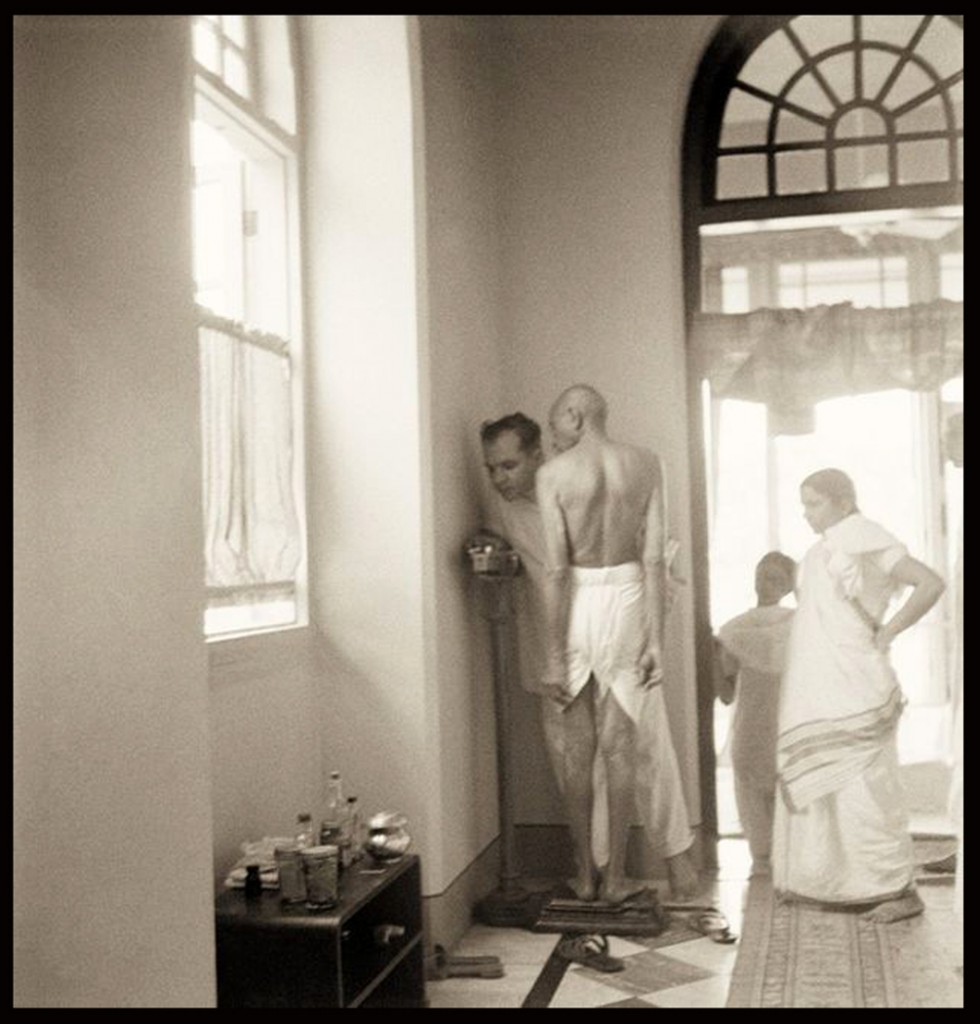 This is possibly my most favourite image from the book. Here Gandhi is standing on a weighing scale at the Birla House in Bombay (what is now Mumbai) in 1945.
This is possibly my most favourite image from the book. Here Gandhi is standing on a weighing scale at the Birla House in Bombay (what is now Mumbai) in 1945.
For a man who undertook more than a dozen fasts during the freedom movement as a part of his non-violent protests – to bring peace, demand Muslim rights or to shame rioting mobs – the picture is telling.
“This is a picture of a man keeping an eye on his weight, testing himself all the time. It tells you a lot about the man,” says leading photographer Sanjeev Saith who went through more than 1,000 images and helped curate the monograph.
Here, Gandhi is seen in front of his office hut at Sevagram ashram in 1940. A pillow covers his head as protection against the severe heat.
It is, at once, an intimate and remote image.
Which is one of the reasons, many say, that made Kanu Gandhi’s pictures of the Mahatma so special.
“Although he had incredible access to the icon, we are always struck at the way Kanu, perhaps because he was in awe of Gandhi always kept a respectful distance, and yet managed to convey a sense of intimacy and proximity,” says Panjiar.
“And because he kept a certain distance, Kanu intuitively found a more modern language of photography than what was prevalent in those times in India, framing many of his images with an interesting and unconventional use of the foreground, breaking many of the accepted rules of composition”.
Kanu Gandhi travelled far and wide with the leader.
Here’s his image of a van carrying Gandhi being pushed by Pathans and Congress workers over some rough terrain in the North West Frontier Provinces in October 1938.
This is a picture of Gandhi, and his wife Kasturba, in Abottabad in November, 1938.
Kanu Gandhi’s first-ever book of photographs chronicles the leader’s political and personal journey in his last decade in vivid detail. There are pictures of Gandhi in his many moods – brooding, joyous, pensive, grieving – and with his supporters.
Here Gandhi is being massaged by a relative and his elder sister Raliatbehn during a three-day fast in Gujarat’s Rajkot city in March 1939.
“These images may be old, but they are not old-fashioned. They are not straightforward, beautifully shot and carefully framed, neat pictures which were popular then,” says Panjiar.
“It possibly helped that Kanu was not a trained photographer because many of his images would have been rejected by his contemporaries on account of being blurred, slightly out of focus or double exposed. But these find pride of place, lovingly pasted by own hands in albums.”
Gandhi and his wife Kasturba are seen here at a wedding of a Christian man and an untouchable woman in Sevagram ashram, 1940.
Sanjeev Saith says the picture of a dying Kasturba Gandhi lying on a bed at the Aga Khan Palace in Pune in 1944 a few months before her death counts among his favourites. A broken shaft of light is streaming in through a window behind her.
“Here is this austere woman lying regally on this stately bed, she is about to die. This picture just shakes me up,” he says.
And then there is this historic 1938 picture of Gandhi in a convivial mood with freedom hero and radical nationalist Subhas Chandra Bose. In the background, Kasturba Gandhi is drawing her sari, and looking into the distance.
This was the high noon of Bose’s political life: he had been elected as president of the Congress party. Gandhi had overruled objections from independence hero Sardar Vallabhbhai Patel, who had objected to Bose’s appointment.
The two leaders had shared a complex relationship and fell out later over differences.
“This is an amazing picture,” says Saith. “It contains two of India’s greatest heroes in one frame. Bose is young, cherubic, almost looking at Gandhi in admiration. Gandhi has his characteristic toothless grin. It is a nice, warm moment.”
Here’s Gandhi and Nobel Prize-winning poet Rabindranath Tagore in Shantiniketan, West Bengal, in February 1940, a study of two great men in meditation.
“Look at the bottom of the picture. It is an accidental double exposure [a technique which combined two different images into a single image]. It’s rather inventive. Kanu Gandhi knew it was a good picture, and he didn’t throw away the negative,” says Saith.
There’s a series of pictures of Gandhi collecting donations for a fund for the untouchables during a three-month long train journey that took him to Bengal, Assam and southern India in 1945-46.
In some he’s stretching his arm from a carriage for money; in others he’s surrounded by people and collecting the money in a slender basket.
“He’s an old man, but he looks agile. He’s almost begging for alms, and he’s serious about picking up every bit of money for a good cause. He understands money,” says Saith.
“I am a bania and there is no limit to my greed,” Gandhi once said, alluding to his Indian caste comprising mainly of moneylenders.
Being the only person who was allowed to take Gandhi’s photographs at any time, Kanu Gandhi was shooting every day.
Sometimes Gandhi intervened: one such moment was when Kasturba, lay dying in his lap at the Aga Khan Palace in Pune.
The nephew, however, was allowed to shoot this image of the leader, draped in a shawl, looking at Kasturba after she passed away in February 1944.
According to several accounts, Gandhi kept a vigil for hours, sitting by her side, praying.
“After sixty years of constant companionship,” he said later that night. “I cannot imagine life without her.”
Ironically, for a man who followed Gandhi like a shadow, Kanu Gandhi was away in Noakhali in east Bengal when his leader was killed in 1948.
“Gandhi’s death had a profound effect on Kanu and his wife, Abha’s life. For Kanu, photography was no longer as important as the need to convey his leader’s message,” says Panjiar.
Kanu Gandhi died after a heart attack while on a pilgrimage in northern India in February 1986.
Photographs by Kanu Gandhi/© Gita Mehta, heir of Abha and Kanu Gandhi.
For more information please visit the following link:
https://www.bbc.com/news/world-asia-india-35259671
The Following are some pictures, information and links on The Destruction of Syria.
KOBANE, Syria — A heap of dust is all that remains of the house where Alan Kurdi was born and raised, before war sent his family fleeing and he drowned on the short sea crossing between Turkey and Greece.
The image of the toddler’s lifeless body washed up on a Turkish beach turned him into an instant symbol of the suffering of Syrians so desperate to reach Europe that they are prepared to risk their lives making the dangerous journey.
His flattened home, destroyed in an American airstrike in the landmark battle for control of the Syrian town of Kobane last year, has not been so widely seen. It is just one of thousands of buildings leveled, among hundreds of thousands more that have been obliterated in Syria during the four-year-old war.
As the conflict drags into a fifth year with no end in sight, little heed is being paid to the enormity of the havoc being wreaked on the country. Some 2.1 million homes, half the country’s hospitals and more than 7,000 schools have been destroyed, according to the United Nations.
The cost of the damage so far is estimated at a staggering $270 billion — and rebuilding could run to more than $300 billion, according to Abdallah al-Dardari, a former Syrian government minister who heads the National Agenda for Syria program at the U.N.’s Economic and Social Commission for Western Asia. That’s more than 10 times the amount spent by the United States on reconstruction in Iraq, with few discernible results.
When a Turkish soldier picked up the body of Syrian toddler Alan Kurdi in September, it became an instant symbol of Syrian refugees’ suffering and desperation. Alan was the son of Abdullah Kurdi, a native of Kobane, who lost his wife and two sons when their dinghy sank off the coast of Turkey. | Graves hold the remains of Kurdi’s family members.
If or when the war ends, any government will find itself “ruling over a pile of rubble,” Dardari said. “I don’t know who will fund this.”
The immense human toll is a far more immediate and obvious concern. As many as 250,000 people are dead, 1 million have been wounded, 7.6 million are displaced within Syria and 4 million have fled across the borders, according to the U.N.
[As tragedies shock Europe, a bigger refugee crisis looms in the Middle East]
The numbers rise daily with each new airstrike and each new offensive launched, as Russian planes join Syrian and American ones in bombing the country and the various factions sustain their relentless attacks on one another with rockets, mortars and artillery.
So, too, does the damage, compounding the tragedy in small and unseen ways that also kill people or drive them to seek new lives elsewhere. The more buildings are flattened, the more homes, shops and businesses are lost, the greater the incentive to flee the country — and the less people will have to return to whenever the war finally ends.
“We’re allowing a level of destruction we will never have the means to address,” said Peter Harling of the International Crisis Group. “They’re wiping one city after another off the map.”
Kobane stands as a small reminder of how much is being lost.
Abdullah Kurdi had fled to Turkey to work, but he chose to make the dangerous trip to Greece because he didn’t make enough money to live in Istanbul. His home was leveled in the battle for Kobane.
For more information please visit the following link:
https://www.washingtonpost.com/sf/world/2015/11/13/kobane/
For more information please visit the following link:
https://www.newsweek.com/2015/08/28/syria-war-bombing-aleppo-364035.html
Horror of the starving Syrians cut off from the world: People living in three towns under siege from Assad forces and rebels are forced to eat cats, dogs and grass as food supplies are unable to reach them
- Madaya near Damascus has been under siege by Assad’s troops since July
- Activists say desperate residents have resorted to eating domestic animals
- Some have been killed by snipers or landmines while scavenging for food
- Foua and Kfarya have been under attack from rebels for more than a year
- Victims also forced to have surgery without anesthetic due to lack of drugs
- See full news coverage on Syria at www.dailymail.co.uk/syria
By Simon Tomlinson for MailOnline
Published: 08:00 EST, 7 January 2016 | Updated: 06:33 EST, 8 January 2016
For more information please visit the following link:
For more information please visit the following link:
https://qz.com/589222/horrifying-images-of-starving-syrians-are-bringing-the-war-back-into-focus/
For more information please visit the following link:
Destruction: Parts of the northern Syrian city of Aleppo have been destroyed during the bitter civil war. The aftermath of a separate assault by the Syrian regime on the city is pictured
For more information please visit the following link:
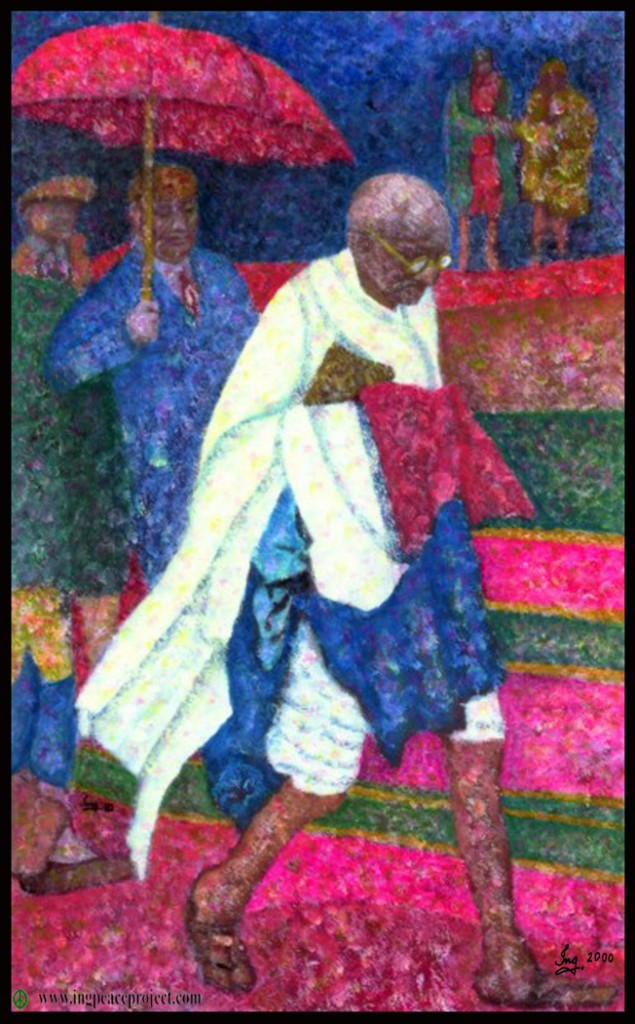
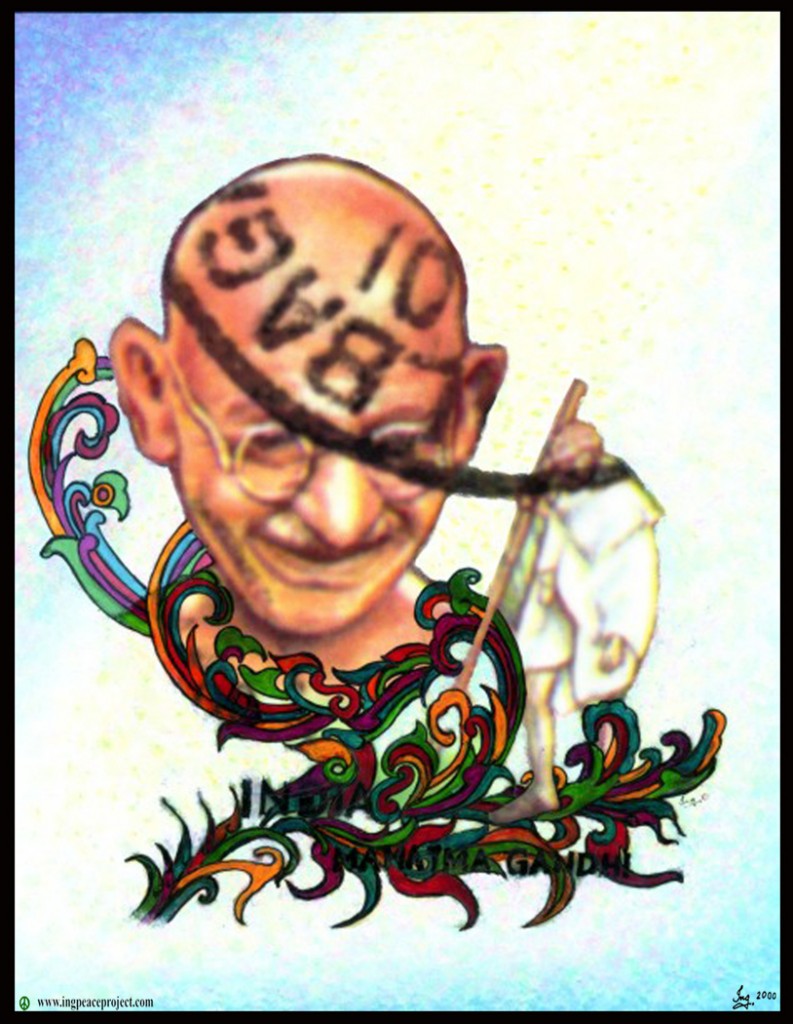
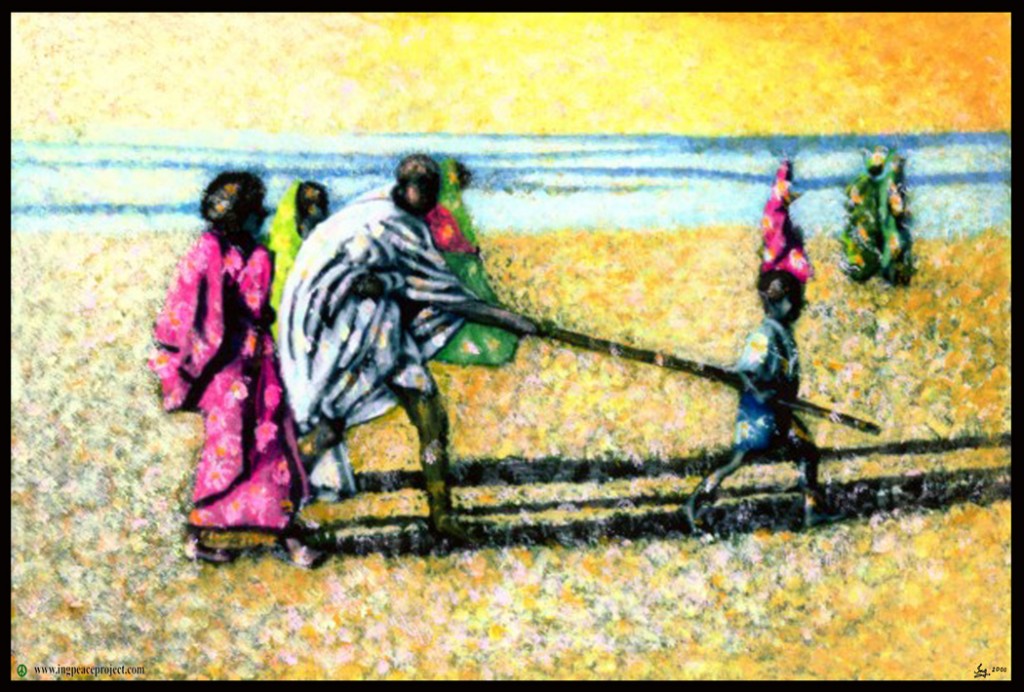
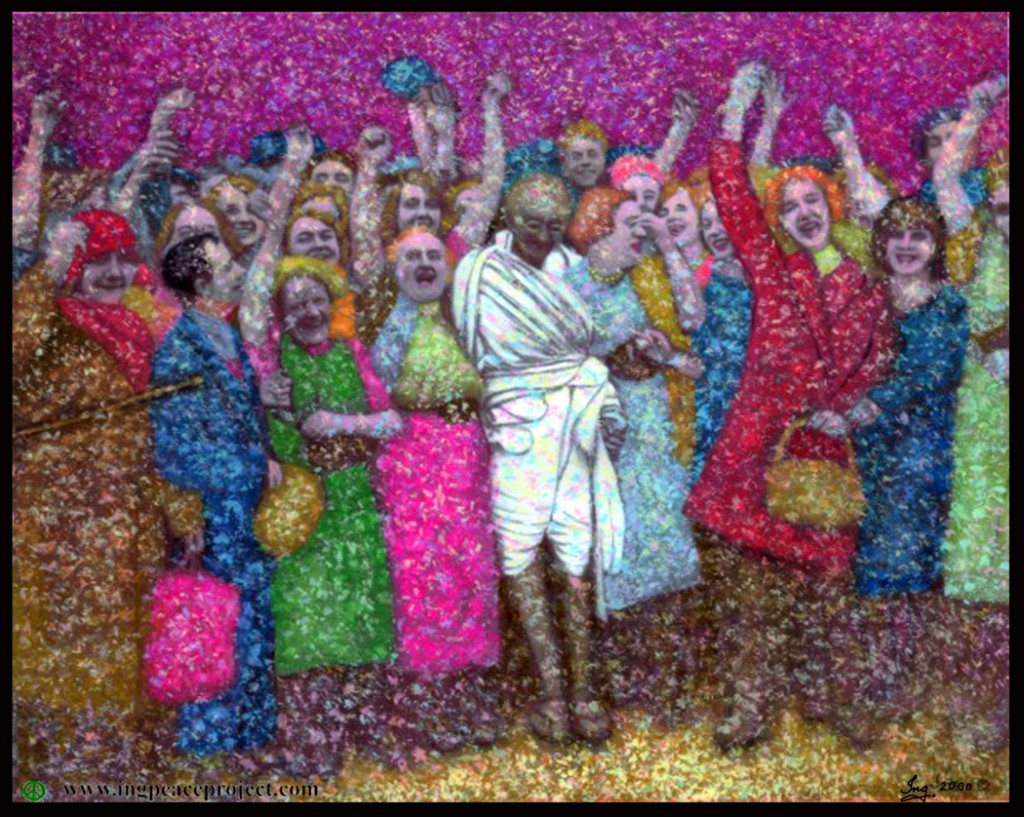
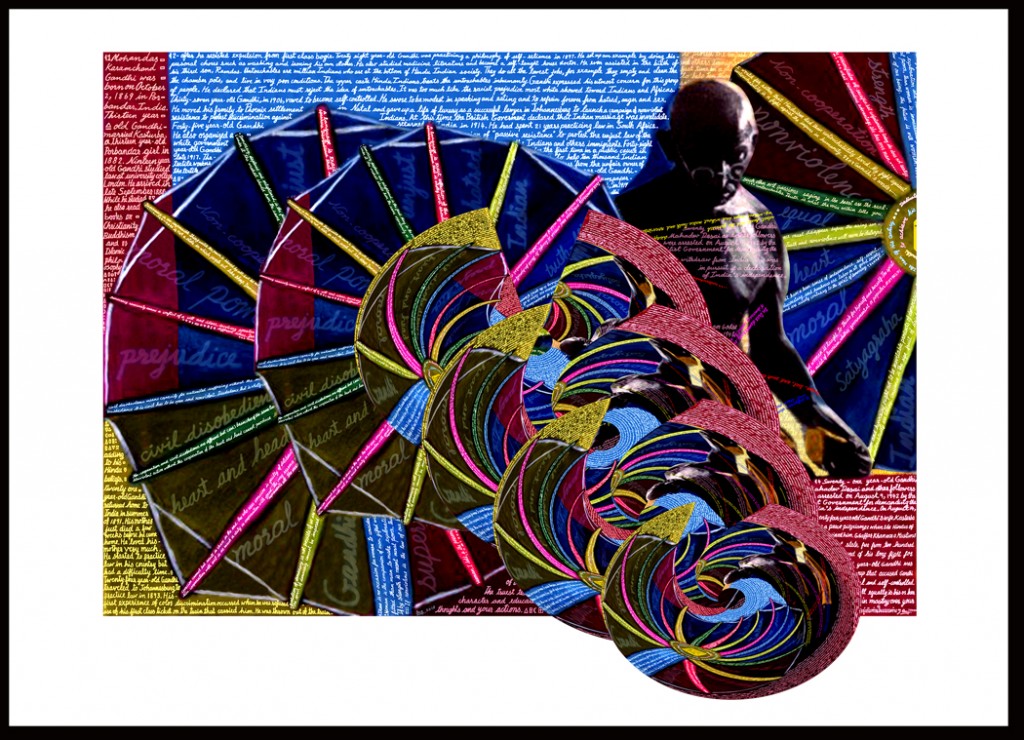
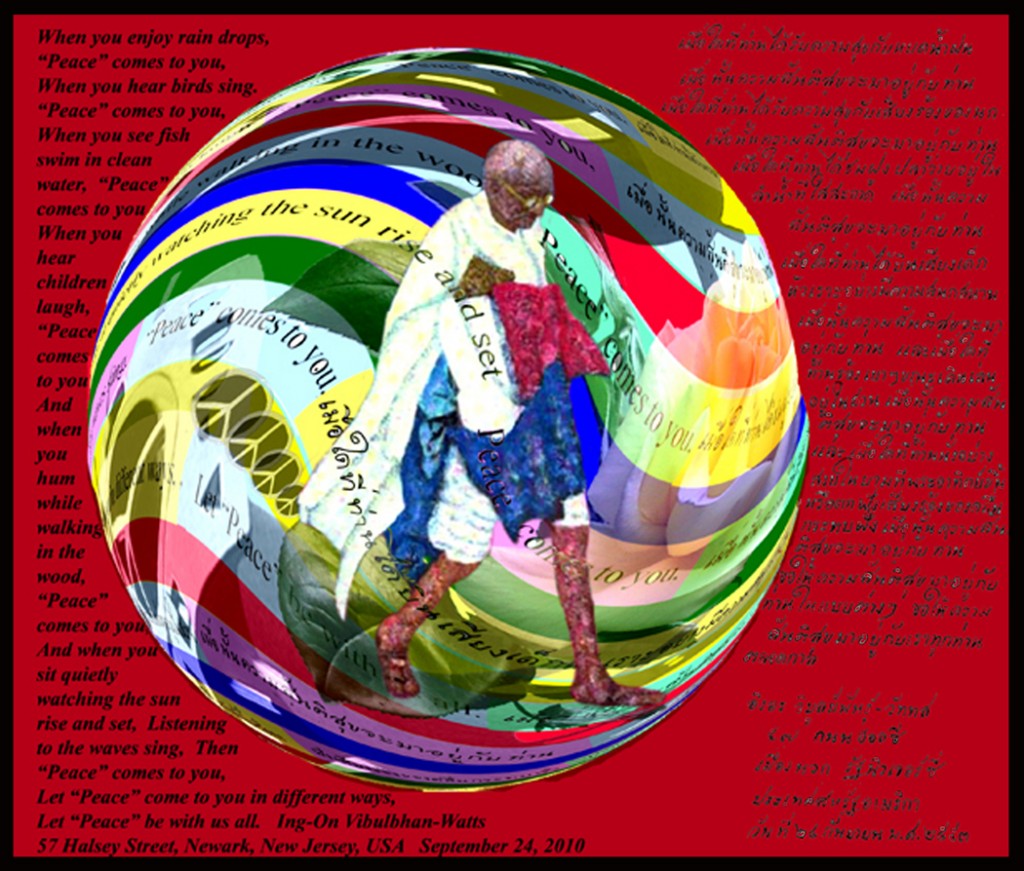
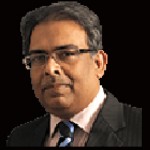
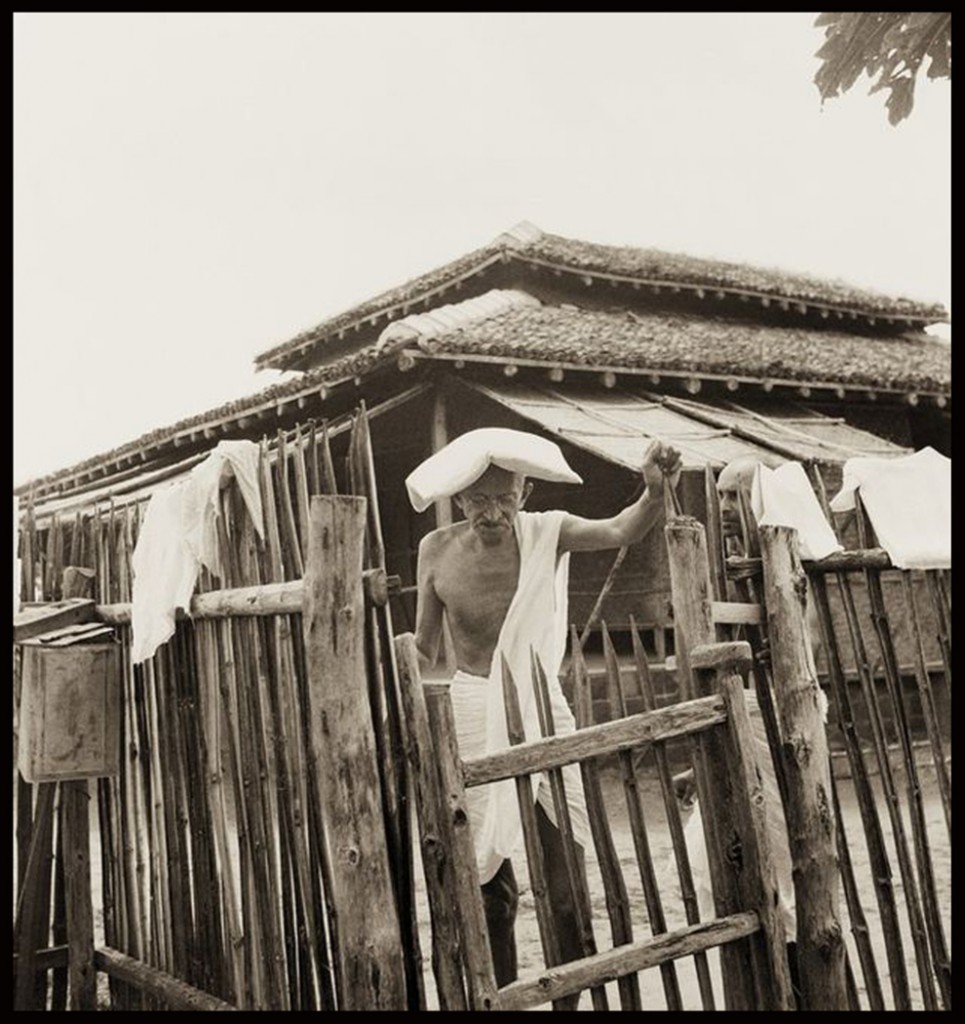
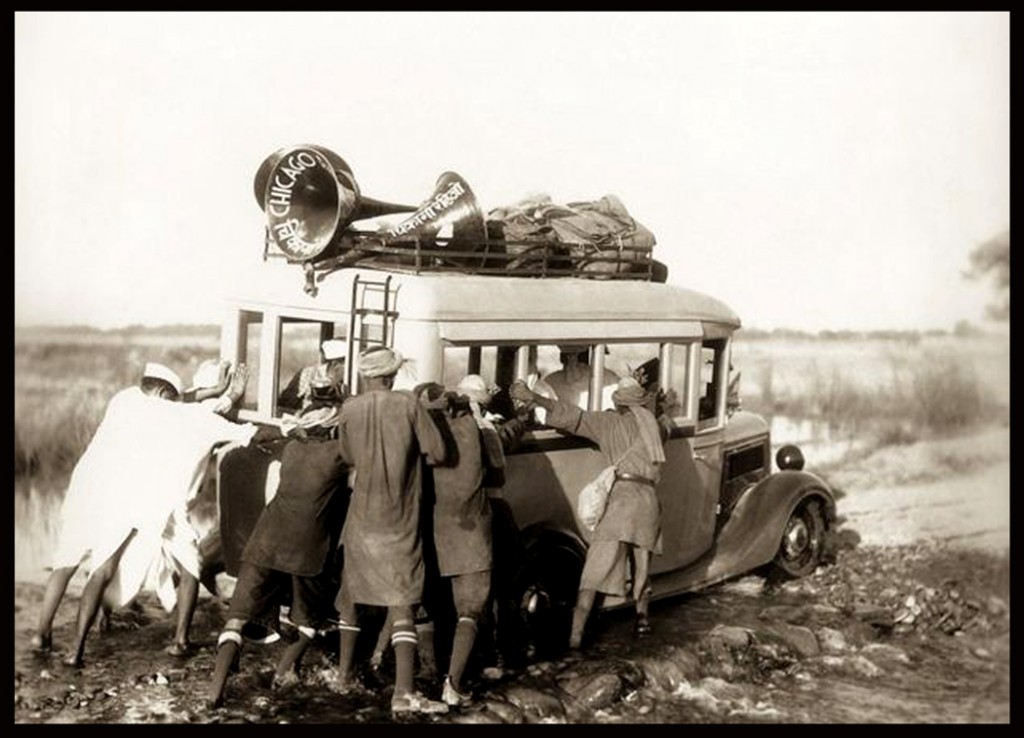
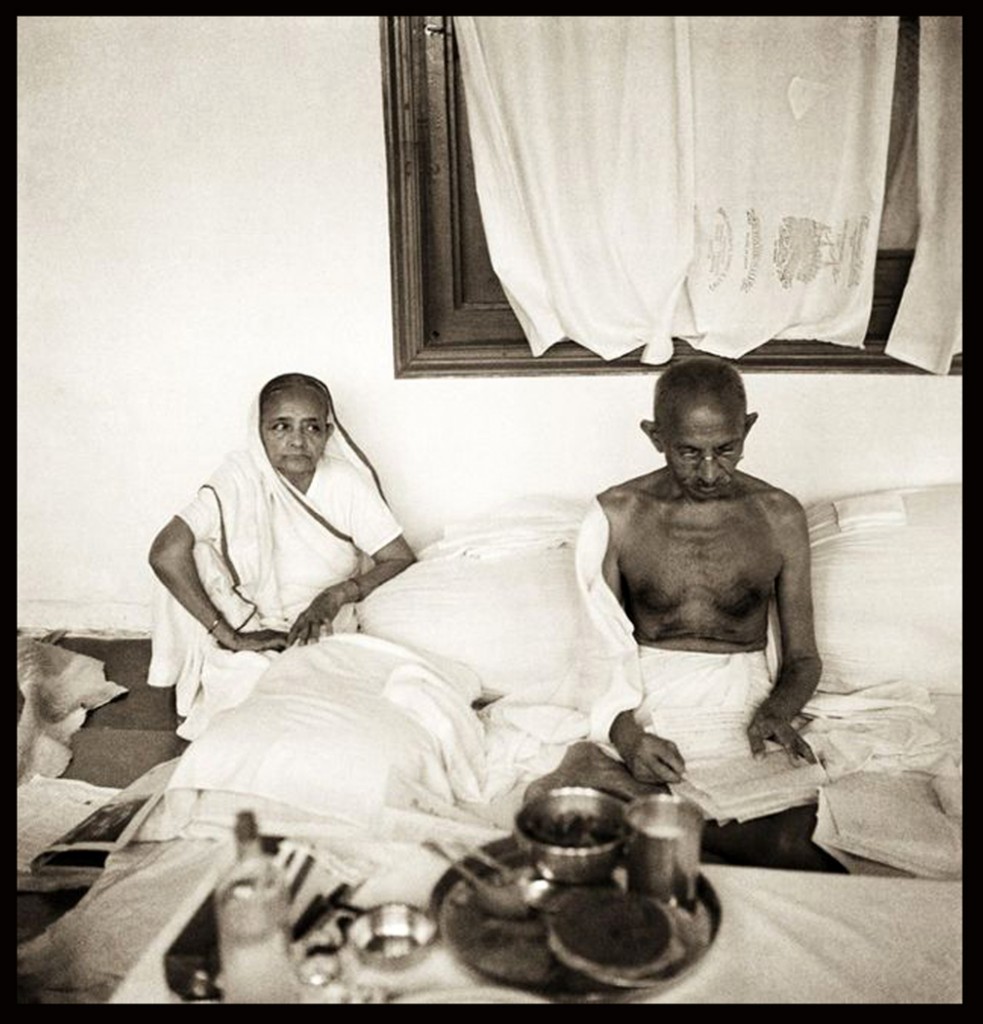
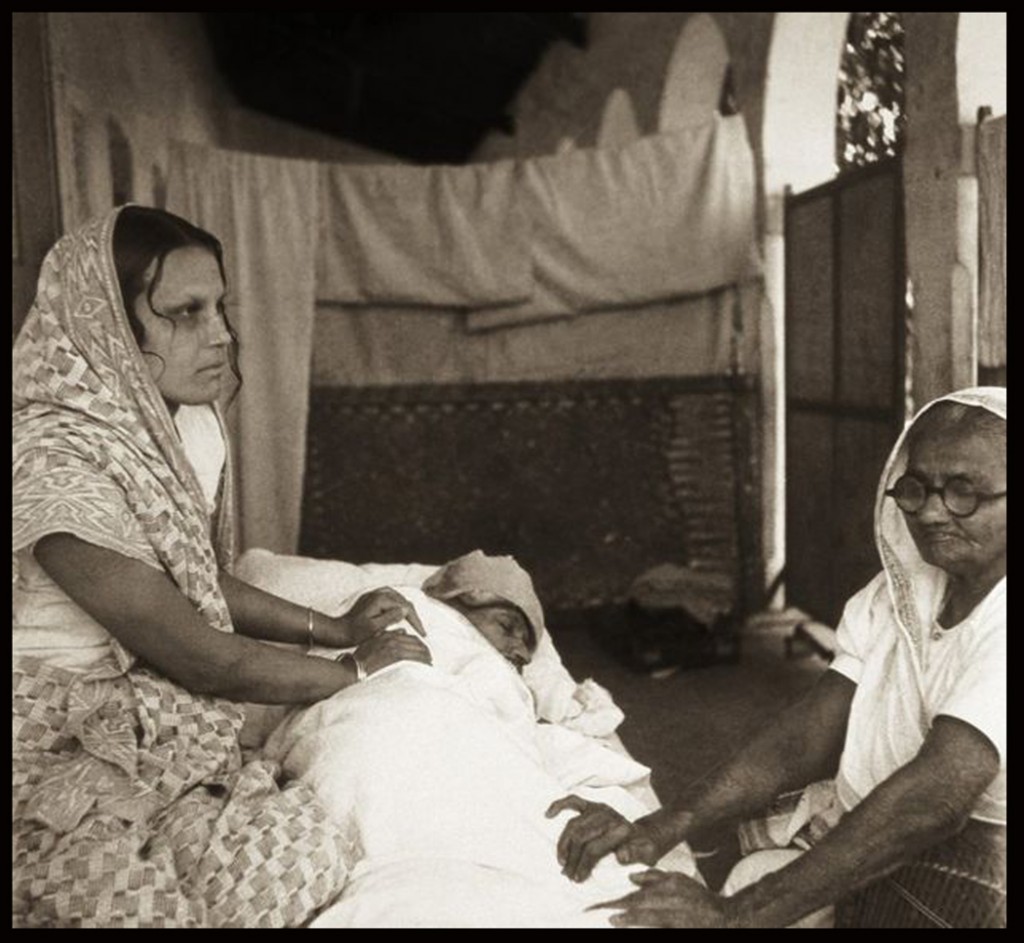

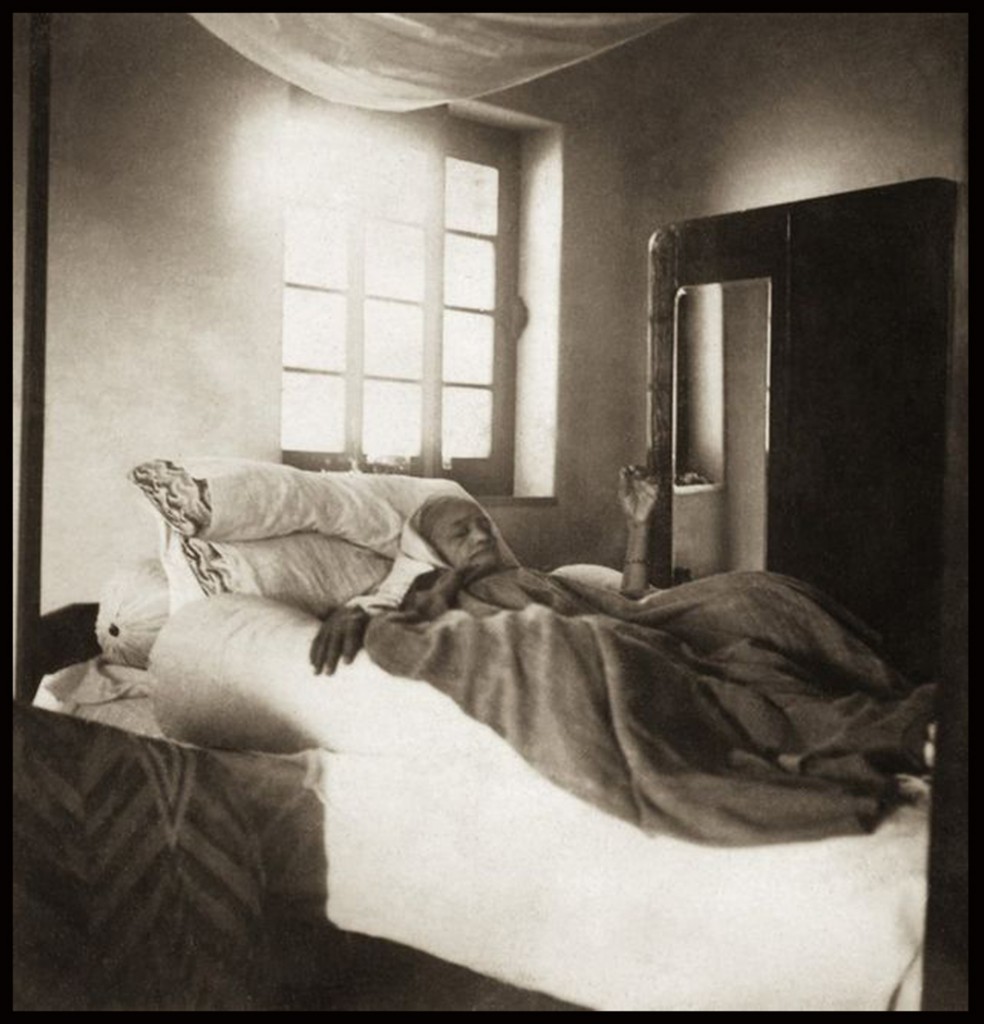
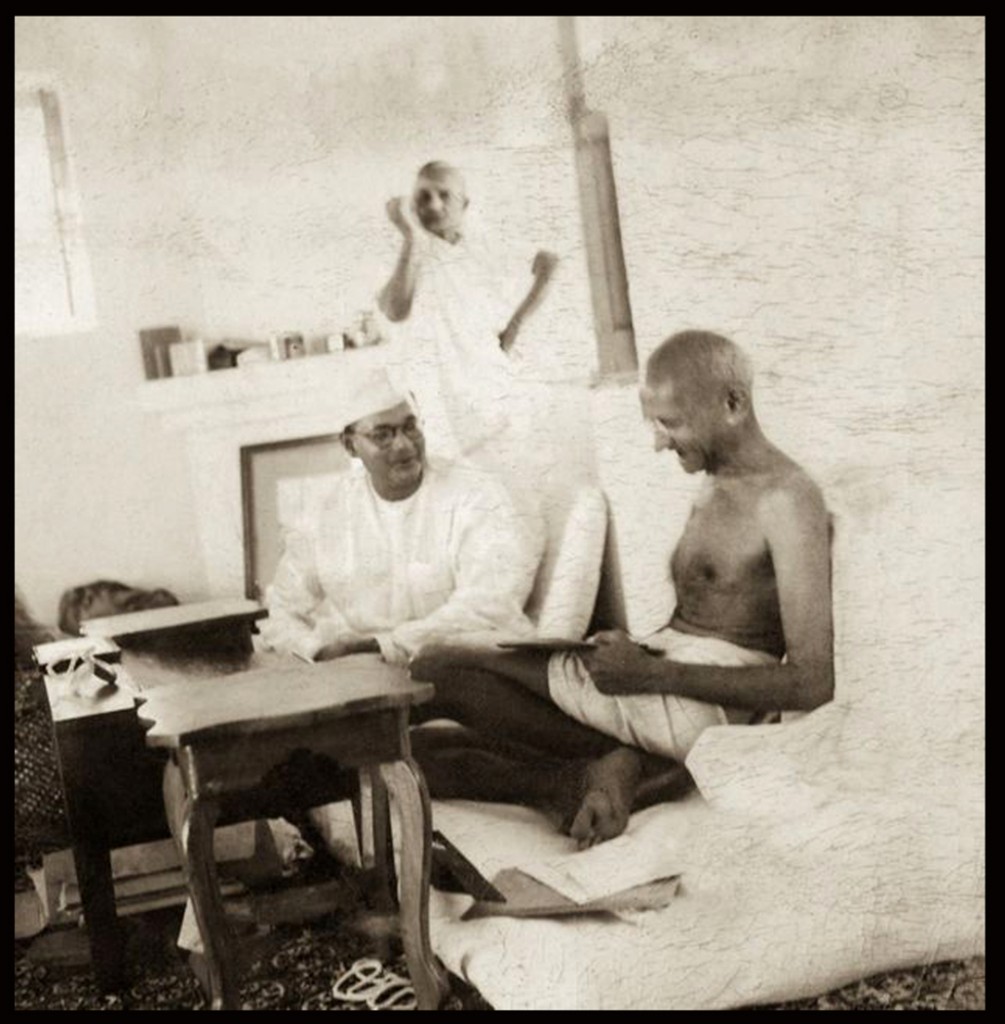

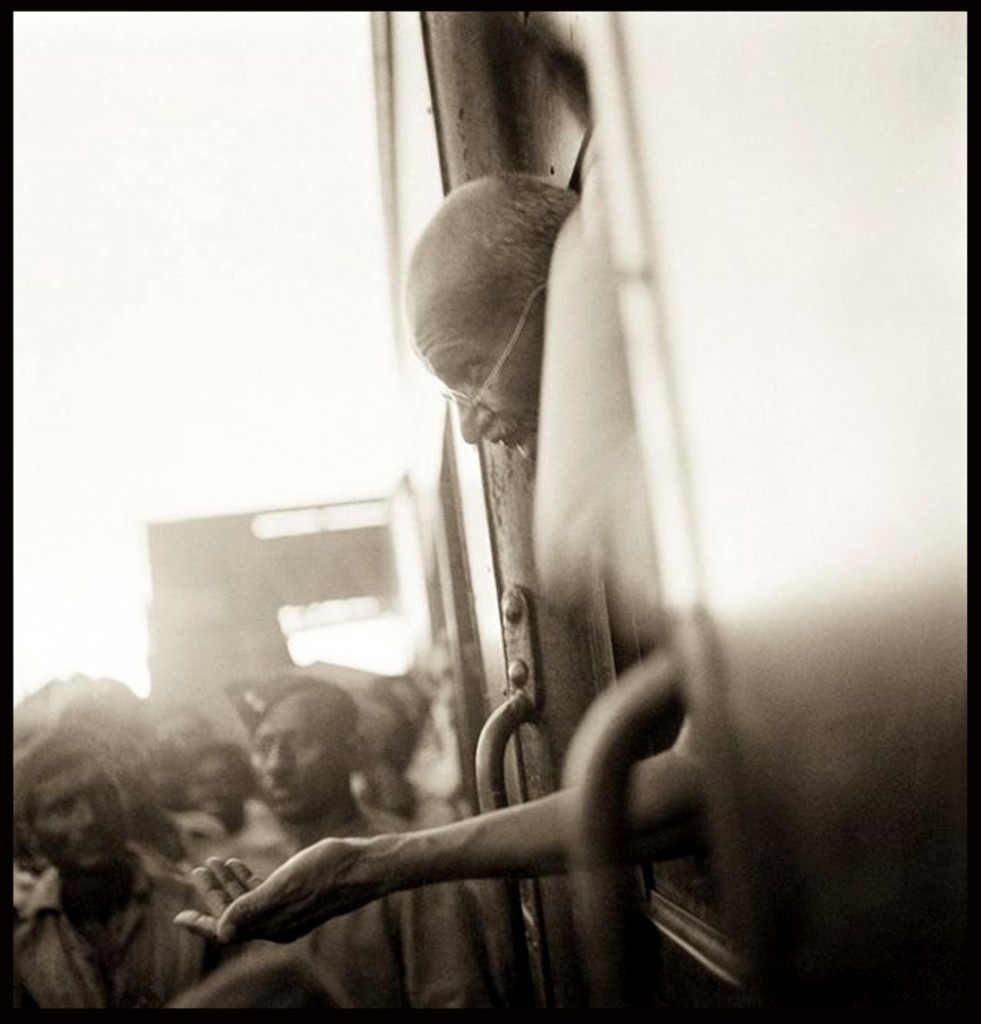
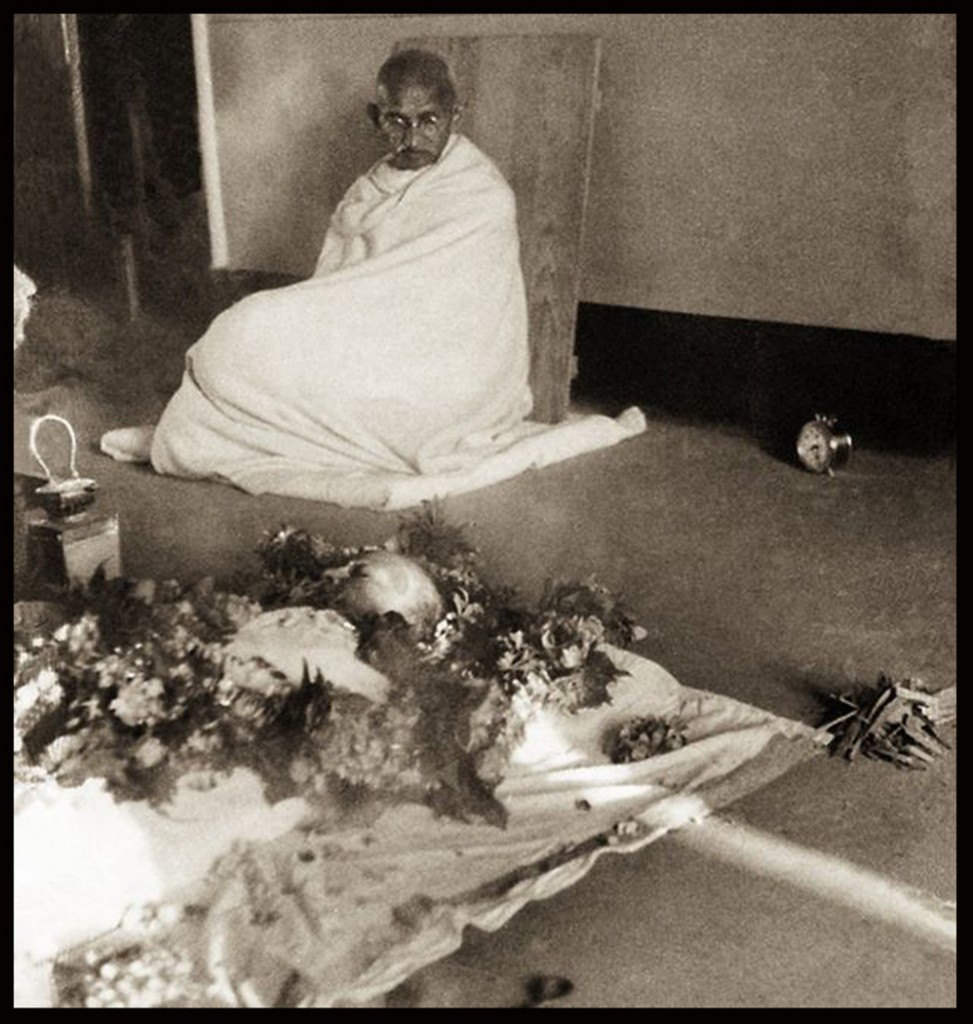
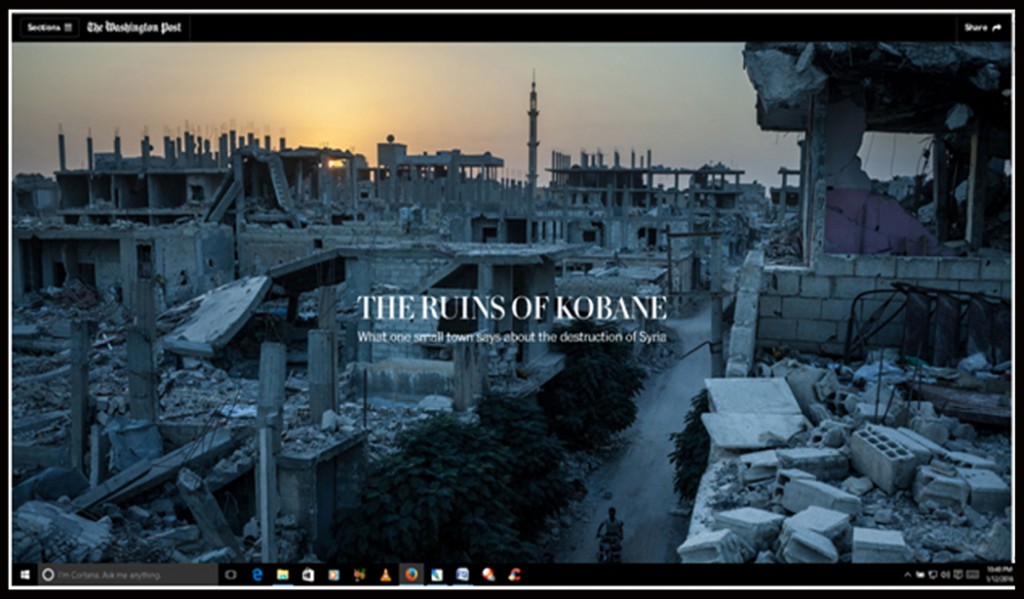


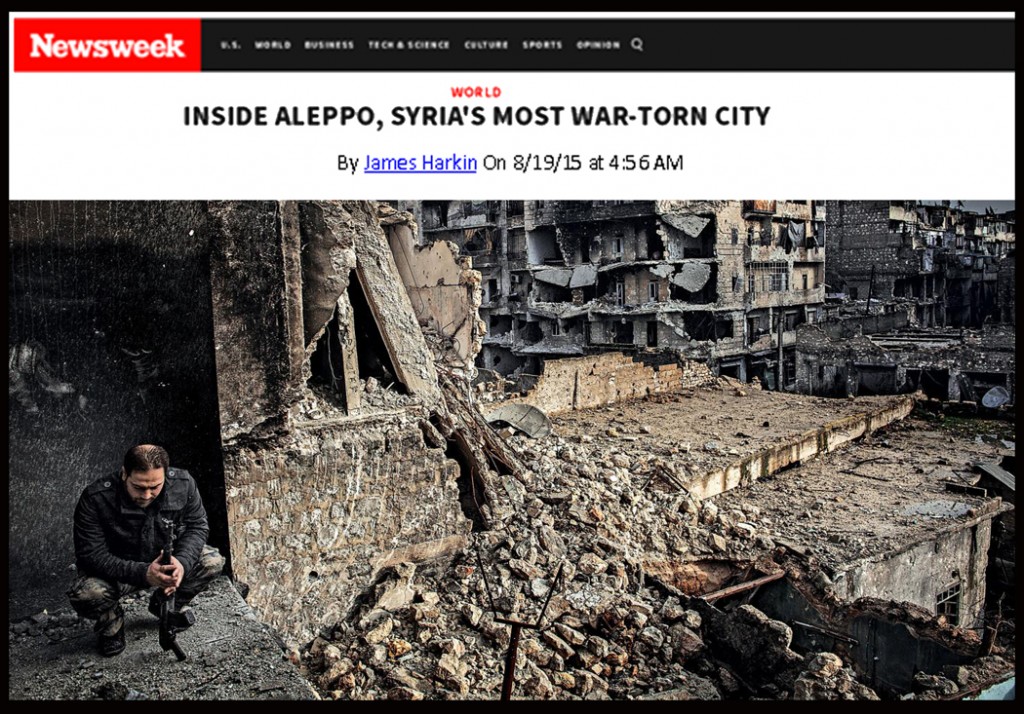
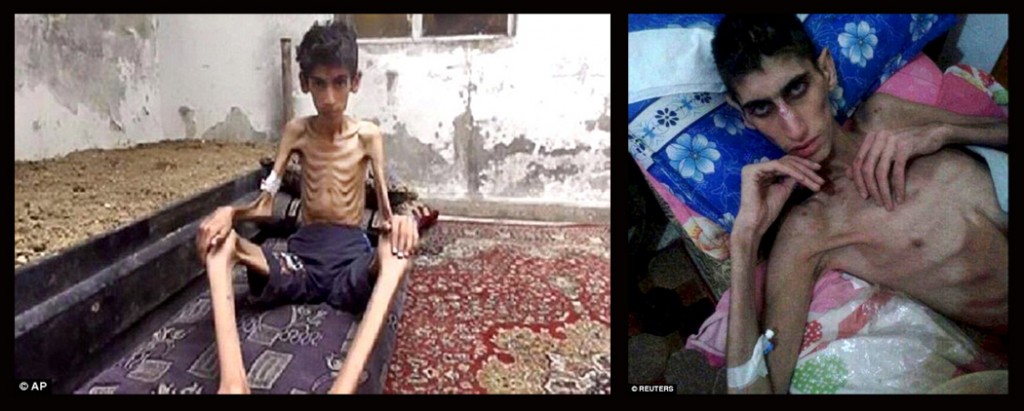
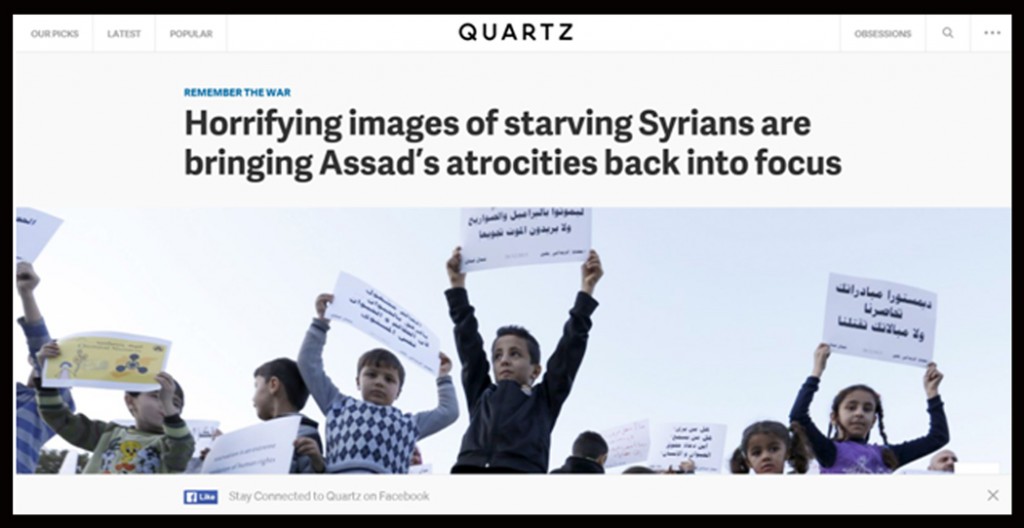
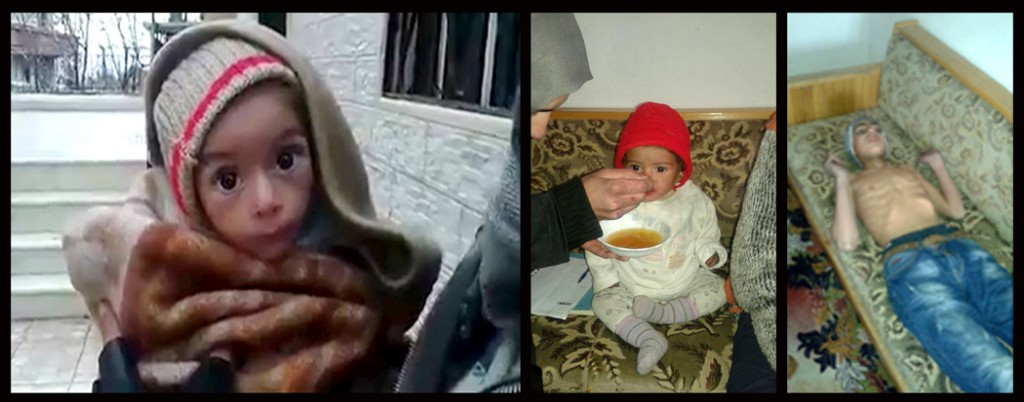
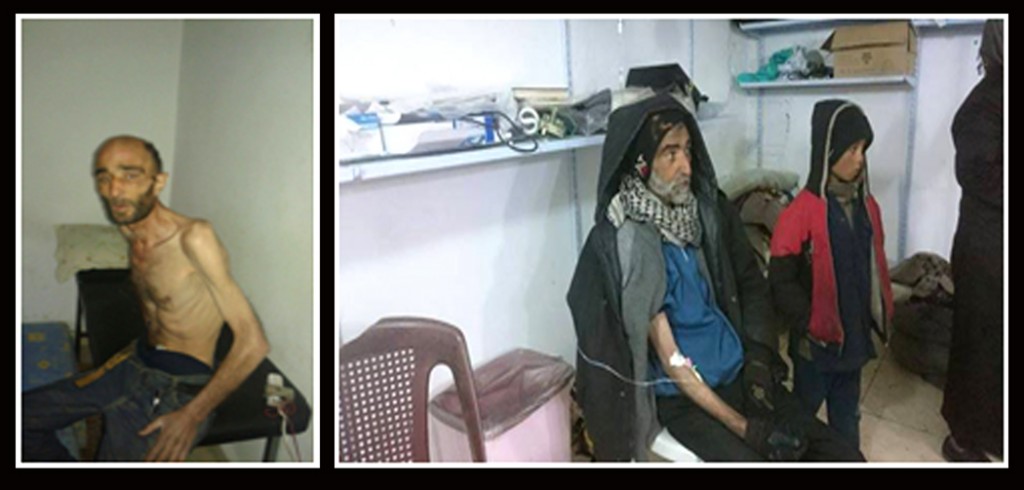


Leave a Reply